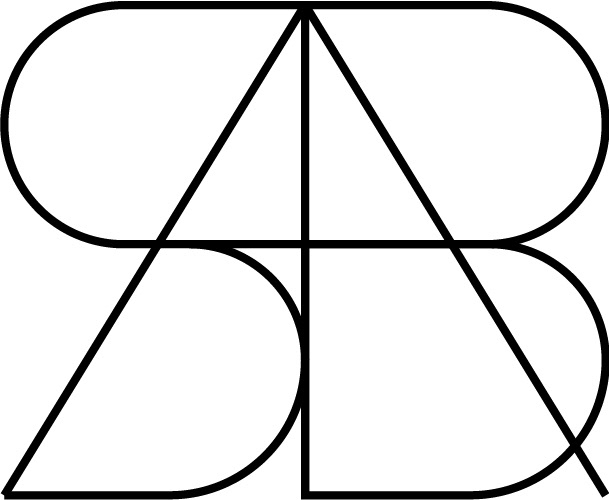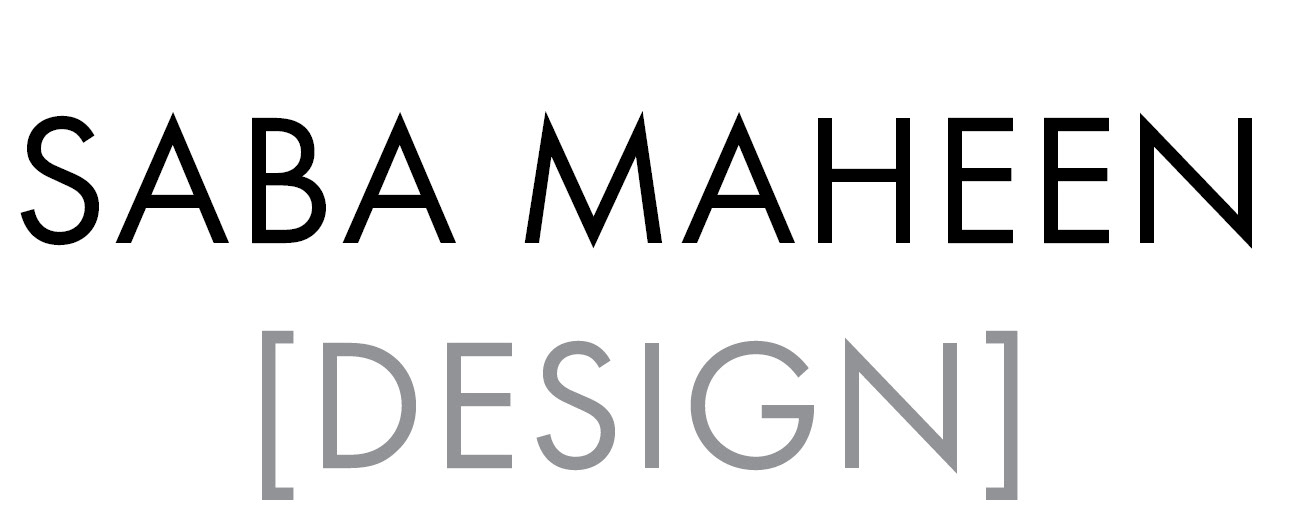The Hexagon is a 6 sided polygon, with its interior angles equaling 720°, of which in a perfect hexagon, each adjoining edge makes an angle of 120°. This geometry makes for a symmetrical shape in 12 orientations. When tessellated in a hextile, a recurrent shape in nature is created- beehives, honeycomb weathering in rocks, tripe, and bone. This shape even occurs in Saturn's hexagon, a hexagonal cloud pattern around the north pole of the planet.
The structure of the hextile has been studied for centuries.
Galileo Galilei discussed in 1638 the resistance of hollow solids:
"Art, and nature even more, makes use of these in thousands of operations in which robustness is increased without adding weight, as is seen in the bones of birds and in many stalks that are light and very resistant to bending and breaking."
In 1959, Charles Darwin stated:
"the comb of the hive-bee is absolutely perfect in economizing labor and wax."
The geometry of a honey comb allows for the minimal amount of material, weight, and cost, as well as bees' energy expenditure used to make the cells. They start as tessellated circles of wax and are molded by the shape of the bee's body and heat output into the hive.
Several industries have made use of the honeycomb structure, such as in racing shells, aerospace manufacturing, aircrafts, rocket substructure, LED technology, loudspeaker technology, the James Webb telescope mirror structure, automobile structure, snowboards, and furniture.
Tasked with designing and crafting a chair, I took to the inspiration of the simple, yet robust, nature of the honey comb structure. I aimed for a piece that was sturdy but lightweight. My art and design style most always involves double-meaning, or underlying function, so the end result must be well-intentioned in that it balanced function, interaction, and aesthetic.
I allowed myself a few parameters due to time and complexity- I would build a structure one could perch on, would serve as storage (or another function), and an art piece as a dual purpose. Research about stool structures eventually led to a design that could be portable, and didn't require hardware: a slotted, flat-pack stool. True to a hive, the structure's load bearing relied on the elements of the hive itself.
Some initial prototype sketches of hive-inspired stools began to lend itself to issues of heft, lost the sense of a chair that wanted to be sat in, had only one function, or existed only for aesthetic.
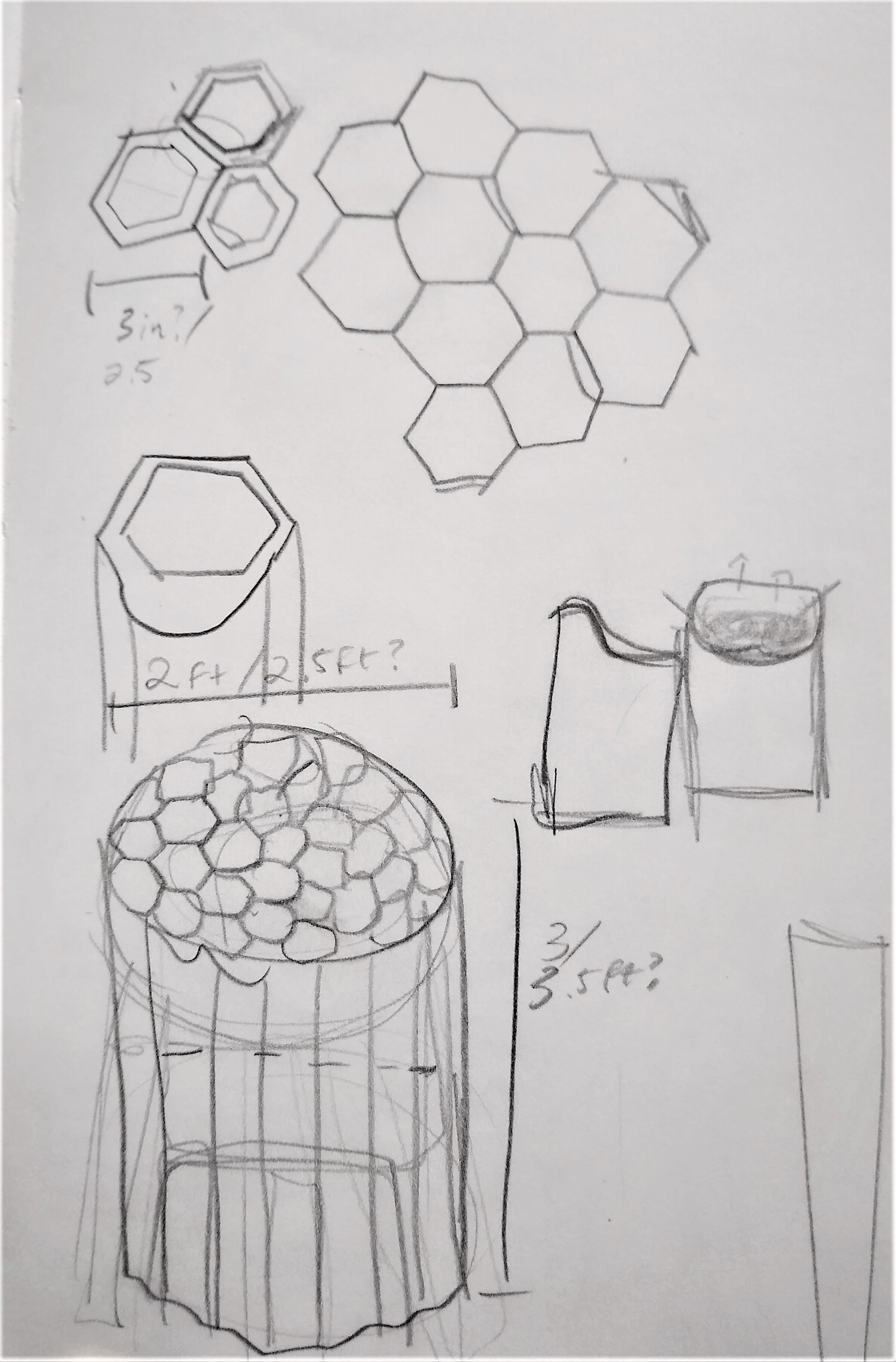
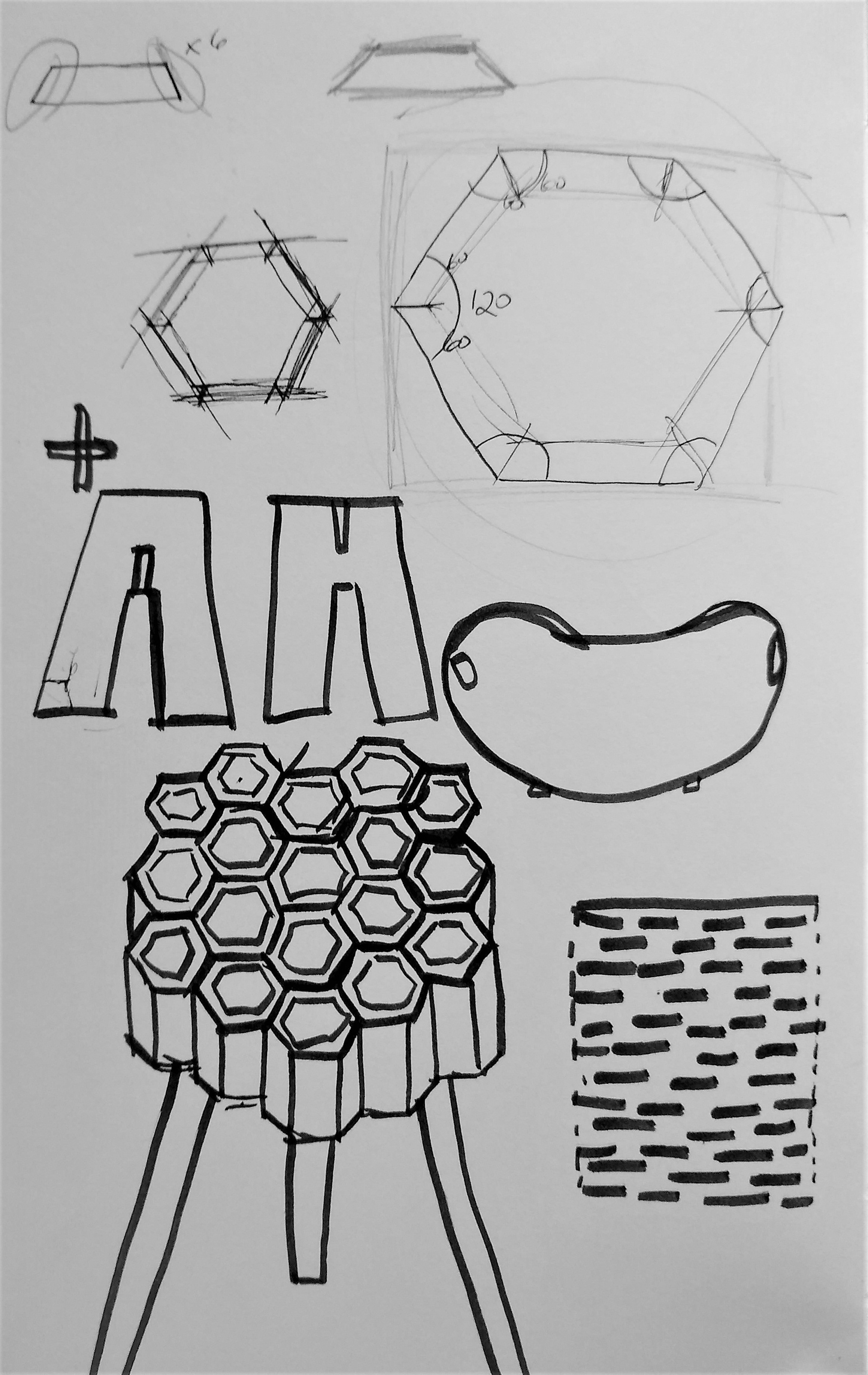
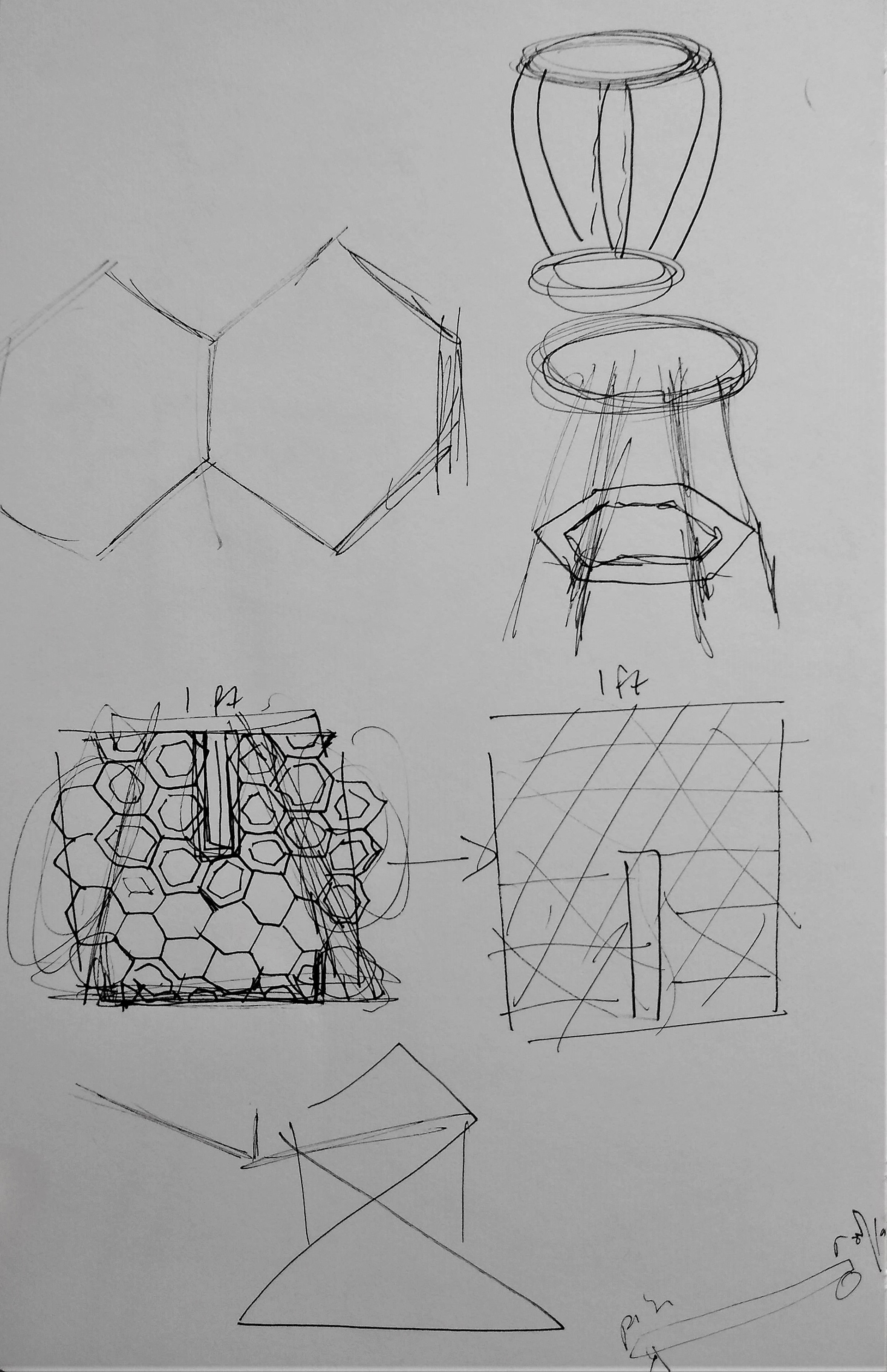
Sticking to the inspiration of the hive, I decided to form isolated cells on a 2-D surface, meaning that I would most make use of labor time by utilizing a CNC mill. Thus my material choices were plywood or MDF, both with little grain, but able to take detail well.
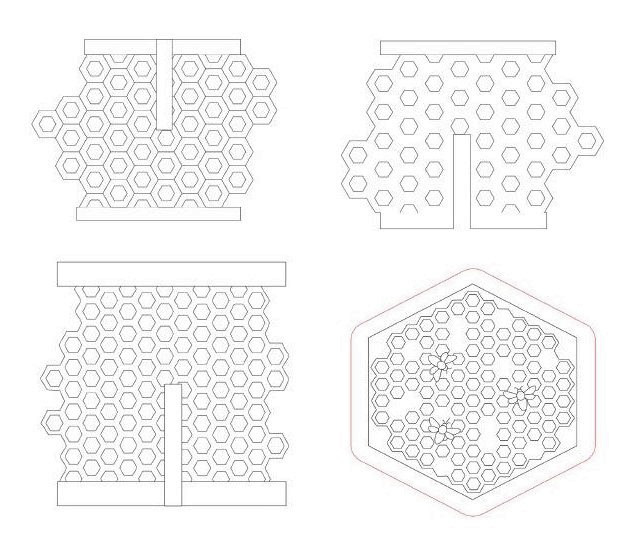
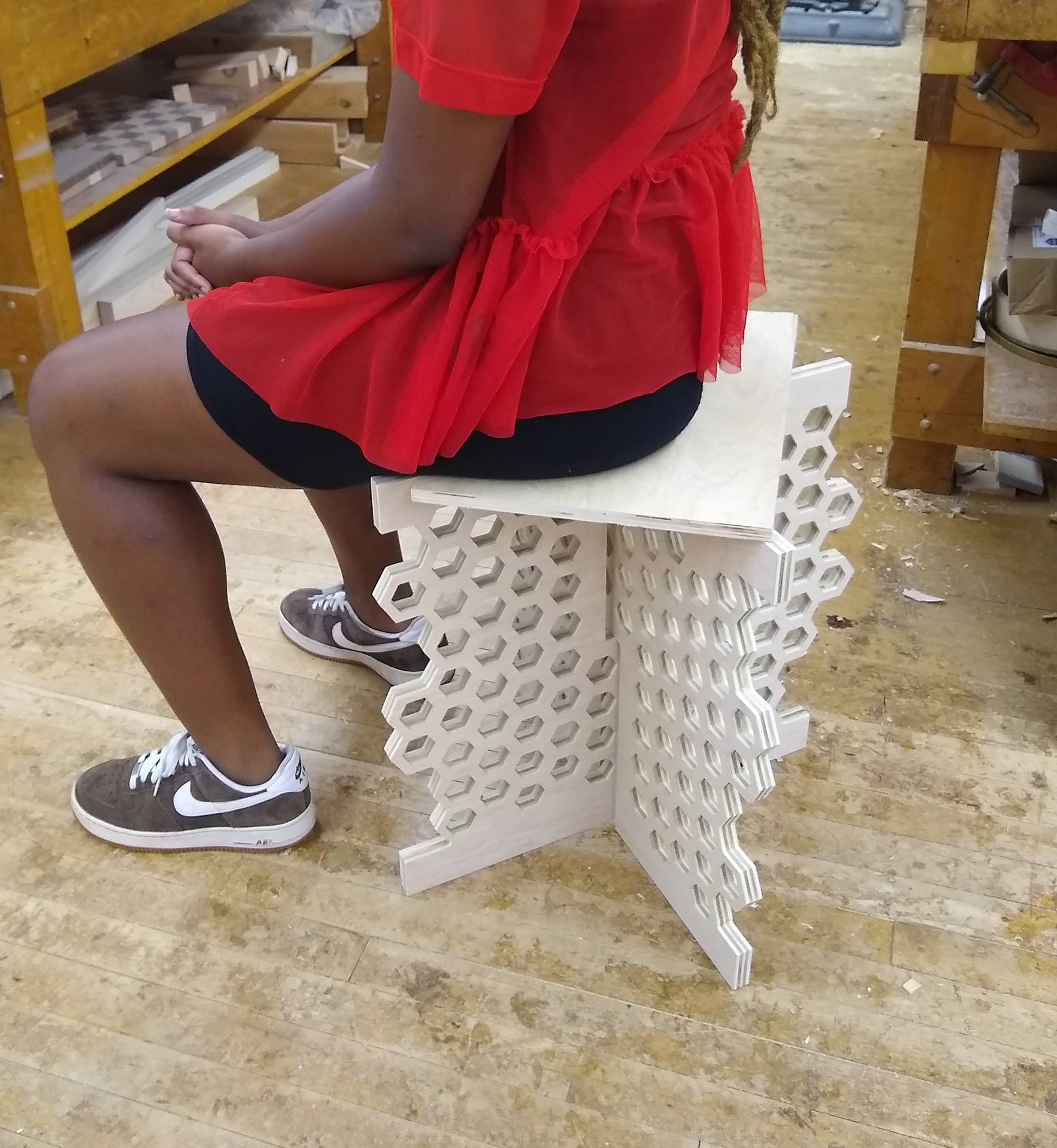
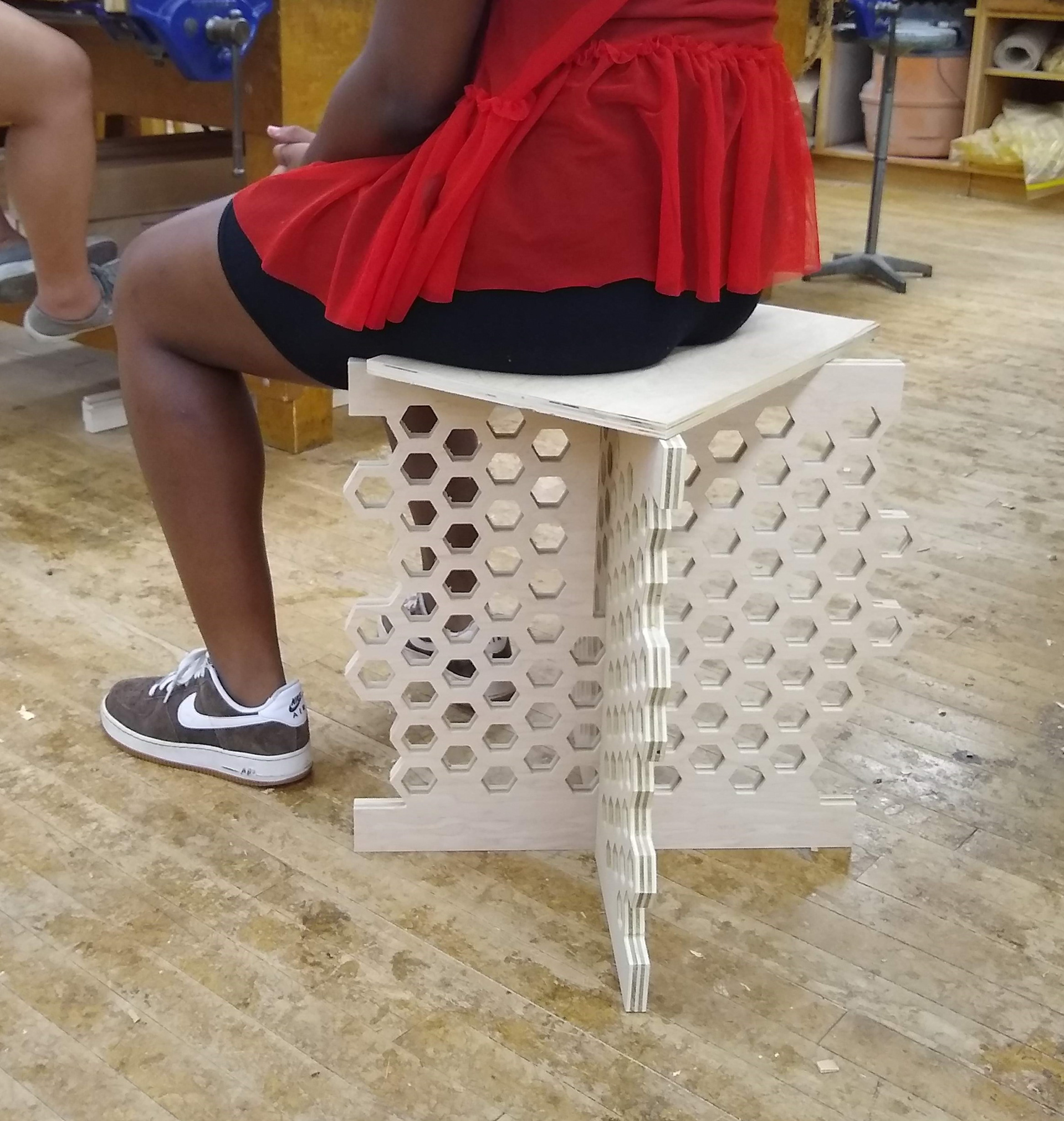
Several iterations of the final design optimized thickness and diameter of the cells. The final result is made of 3 planks of CNC'd and stained MDF. While sturdy and unmoving while sat upon, the cross panels weigh only 8 lbs, apart from the top (which accounts for most of the total weight- 11 lbs). An average height person also need not crouch to sit on this stool. The whole piece is detachable for ease of portability and storage, and additionally may scaled to be a side table. I imagine that the final product could be made in two heights- at 2.5 ft (model reflects) and 1 ft foot stool variation.
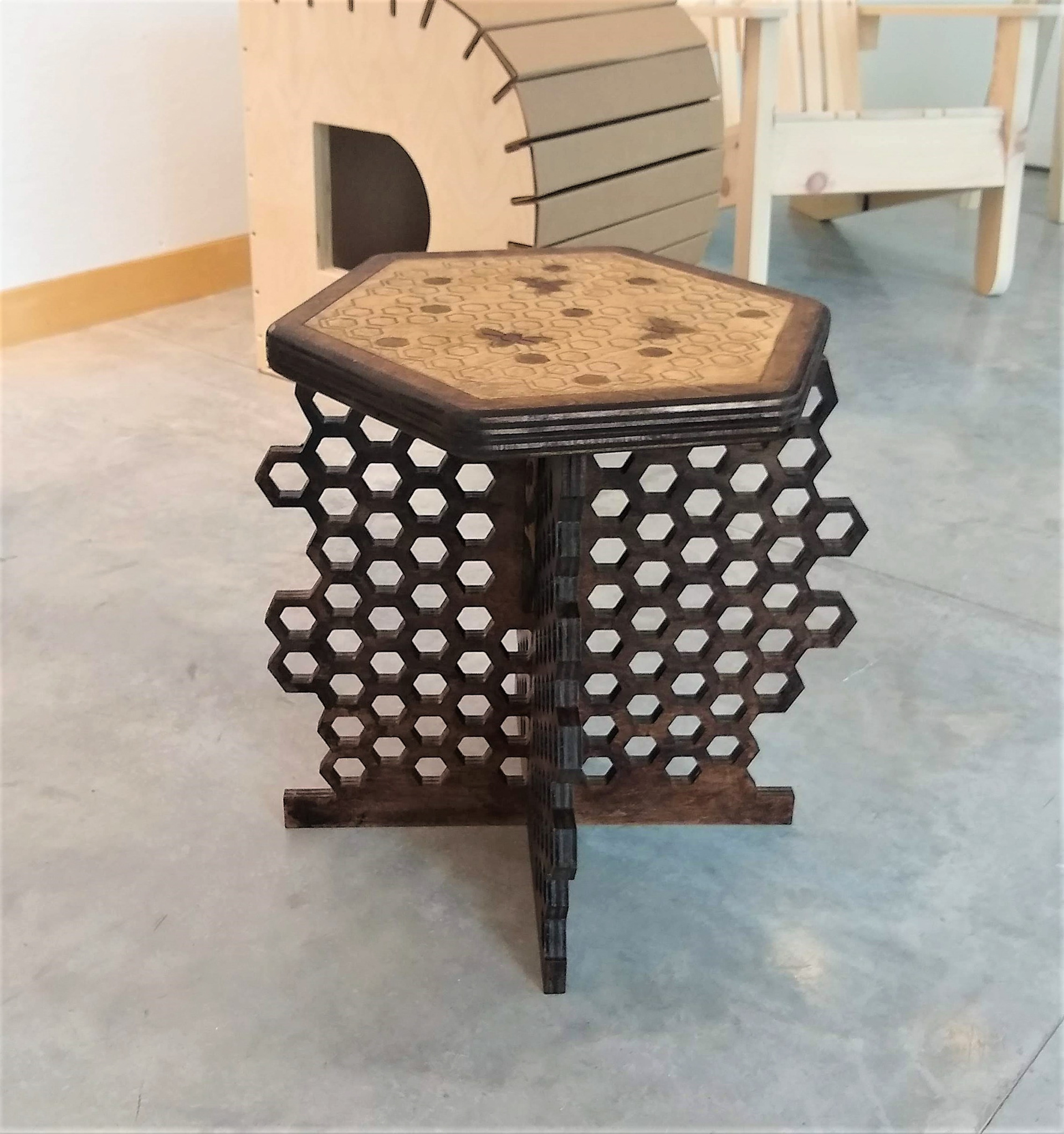
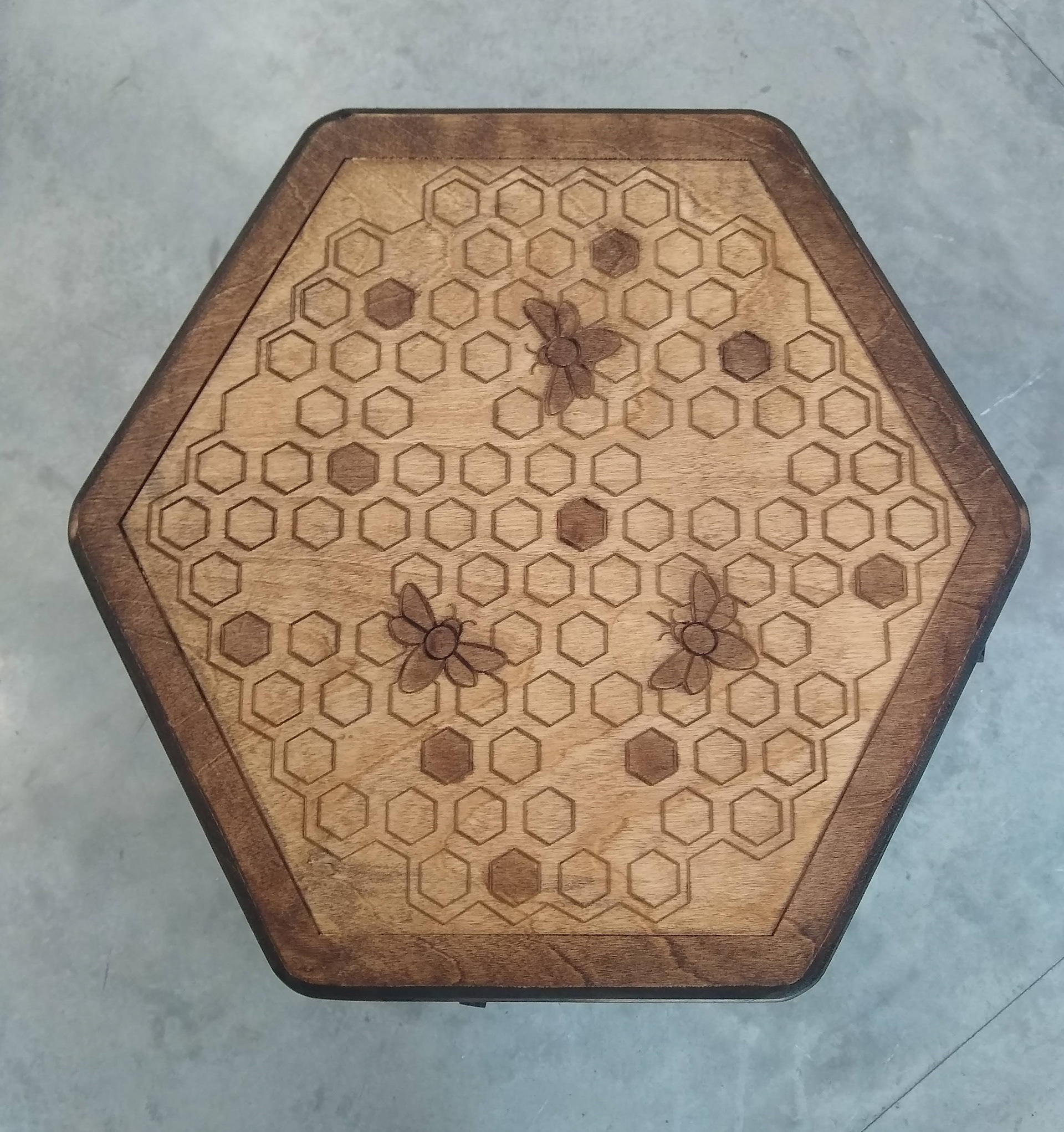
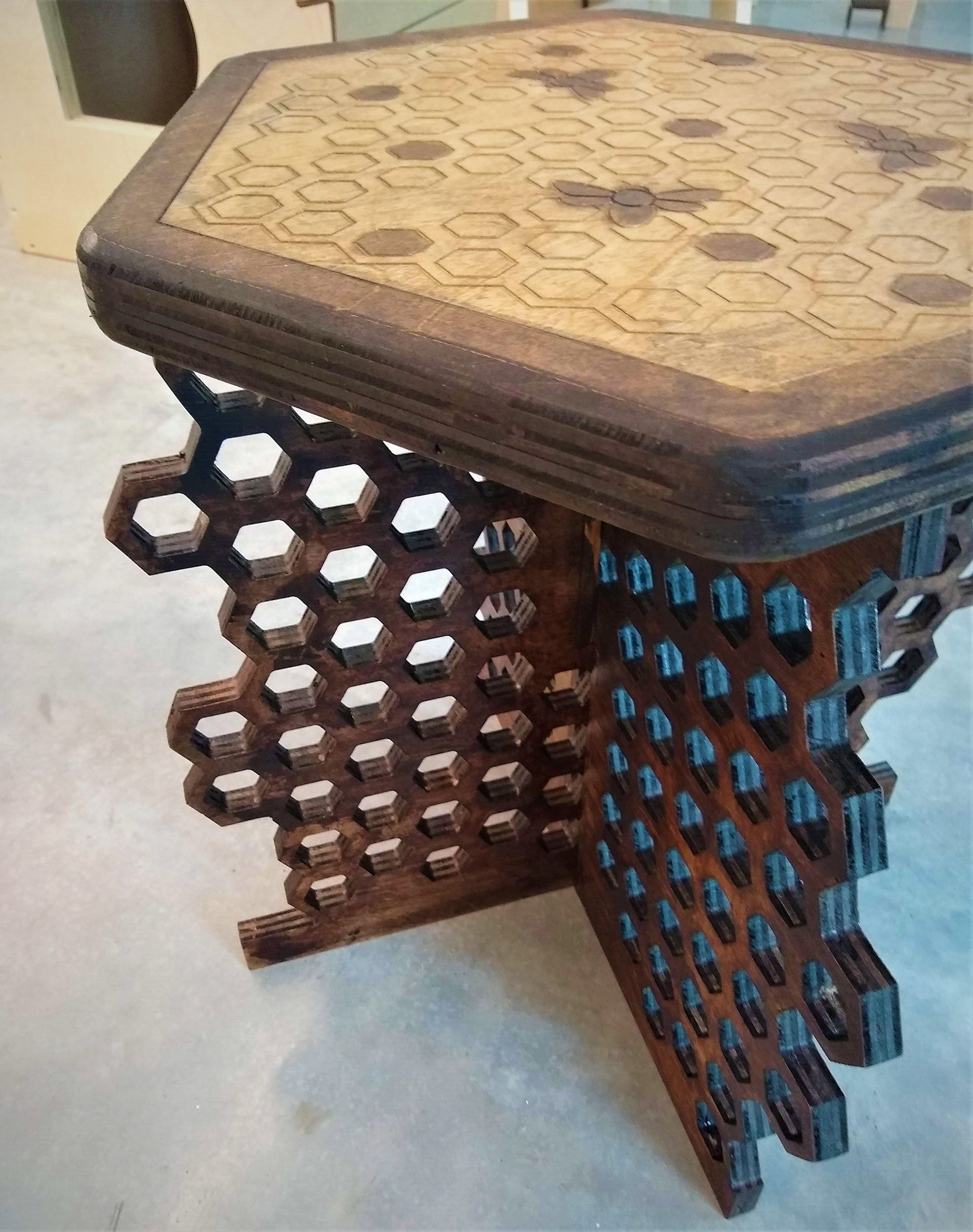
The top plank features slots on the underside which secure the cross planks without additional hardware, adorned with a unique hand-stained bee detail.
